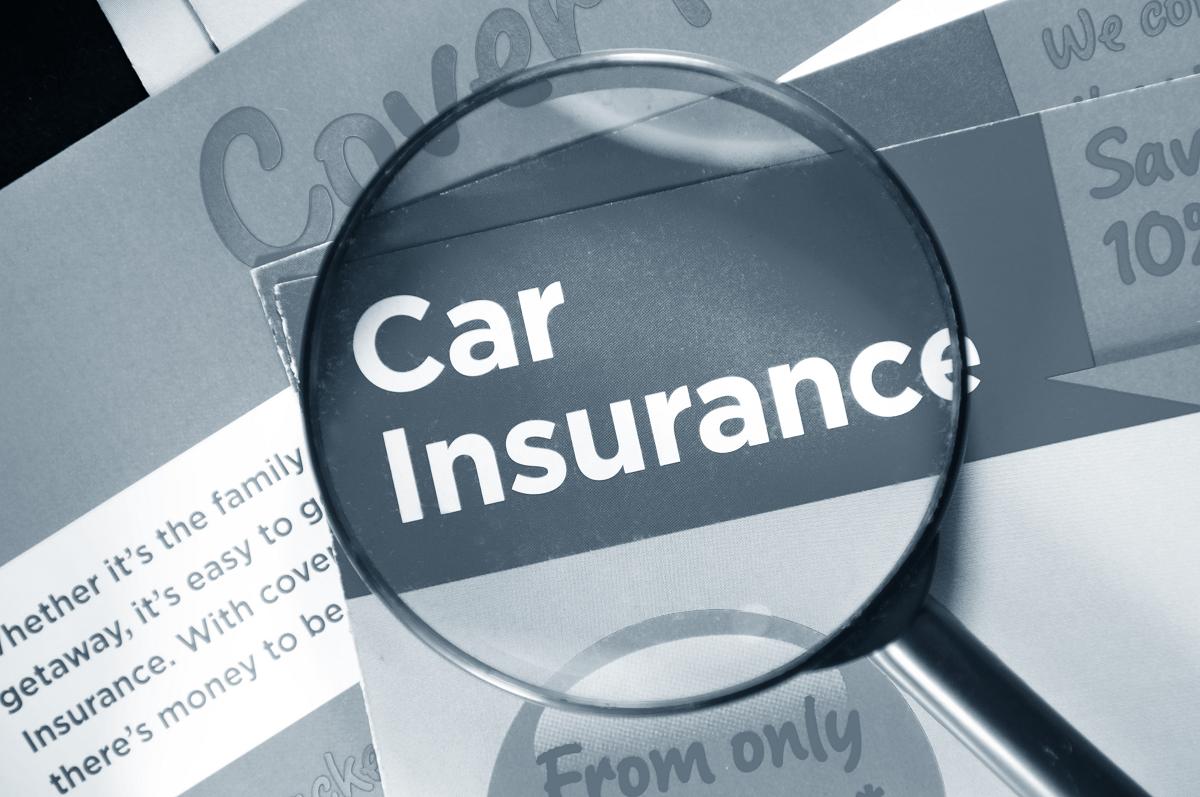Car insurance is a necessity in the U.S., but rising premiums don’t have to drain your budget. By adopting smart strategies—whether through optimizing policies, leveraging discounts, or adjusting driving habits—you can significantly reduce costs without sacrificing coverage. Below is a comprehensive guide to saving on car insurance, backed by industry insights and actionable tips.
-
Optimize Your Policy Structure
a. Increase Your Deductible
Raising your collision/comprehensive deductible from $500 to $1,000 can lower premiums by 10–30% . This trade-off works best for drivers with clean records who can afford higher out-of-pocket costs during claims.
b. Drop Unnecessary Coverage
-
Older Vehicles: If your car’s value is less than 10x your annual premium, drop collision/comprehensive coverage. For example, a $4,000 car with a $400/year premium makes full coverage unnecessary .
-
Excess Add-Ons: Cancel redundant add-ons like rental reimbursement if you already have alternatives (e.g., AAA membership).
c. Bundle Policies
Combining auto insurance with home or renters insurance through the same provider can save up to 25% . Companies like American Family offer significant discounts for bundled policies .
2. Maximize Discounts
Insurers offer a variety of discounts—ensure you’re claiming all eligible ones:
-
Safe Driver Discounts: Maintain a clean record (no accidents/violations) for 3+ years to qualify for up to 20% off .
-
Low Mileage Discounts: Drivers averaging <7,500 miles/year can save 5–15% with programs like Metromile’s pay-per-mile model .
-
Good Student/Elderly Discounts: Students with a B+ average or seniors over 55 may qualify for 10–20% reductions .
-
Anti-Theft Devices: Cars equipped with GPS trackers or alarm systems can reduce premiums by 5–10% .
3. Adjust Driving Habits and Demographics
a. Improve Credit Score
In most states, insurers use credit scores to assess risk. Raising your score by 100 points can lower premiums by 15–30% . Pay bills on time and reduce debt to optimize this factor.
b. Drive Safely and Defensively
-
Enroll in a defensive driving course (e.g., MasterDrive) to reduce accident risks and earn discounts .
-
Avoid high-risk behaviors like speeding or DUIs, which can increase premiums by 40–100% .
c. Leverage Regional Advantages
-
Low-Risk Areas: Move to suburbs with lower accident rates (e.g., San José vs. Detroit) .
-
Marital Status: Married drivers often pay 50% less than singles due to lower risk profiles .
4. Shop Smart and Compare
a. Use Aggregator Tools
Platforms like AutoQuoteNow or QuoteWizard instantly compare quotes from insurers like Geico, Progressive, and USAA, saving hours of manual research .
b. Prioritize State-Specific Providers
-
USAA: Offers the lowest average premiums ($1,335/year) but is limited to military members and veterans .
-
State Farm: Strong in urban areas like Chicago, with competitive liability rates .
c. Re-Evaluate Every 2–3 Years
Insurance rates fluctuate with life changes (e.g., job shifts, mileage drops). Renewal time is ideal to renegotiate or switch providers .
5. Exploit Niche Savings Opportunities
-
Telematics Programs: Insurers like Progressive’s Snapshot reward safe driving with up to $500/year discounts .
-
Hybrid/Electric Vehicle Discounts: EV owners can save 5–10% through eco-friendly incentives .
-
Military/Fraternal Discounts: Active-duty personnel and alumni groups often qualify for exclusive rates .
Case Study: How Sarah Saved $400/Year
A Texas driver consolidated her auto and home insurance with State Farm, increased her deductible to $1,500, and enrolled in a telematics program. Combined with a 10% safe driver discount, she reduced her annual premium from $1,800 to $1,400 .
Final Tips
-
Monitor Credit Reports: Errors can artificially inflate premiums.
-
Avoid Fronting: Letting a high-risk driver (e.g., a teen) use your policy increases rates.
-
Ask About “Accident Forgiveness”: Some insurers waive surcharges for first-time accidents.
By strategically adjusting policies, capitalizing on discounts, and staying proactive, U.S. drivers can cut costs without compromising protection. Regularly review your coverage and embrace technology-driven savings to stay ahead of the curve.




